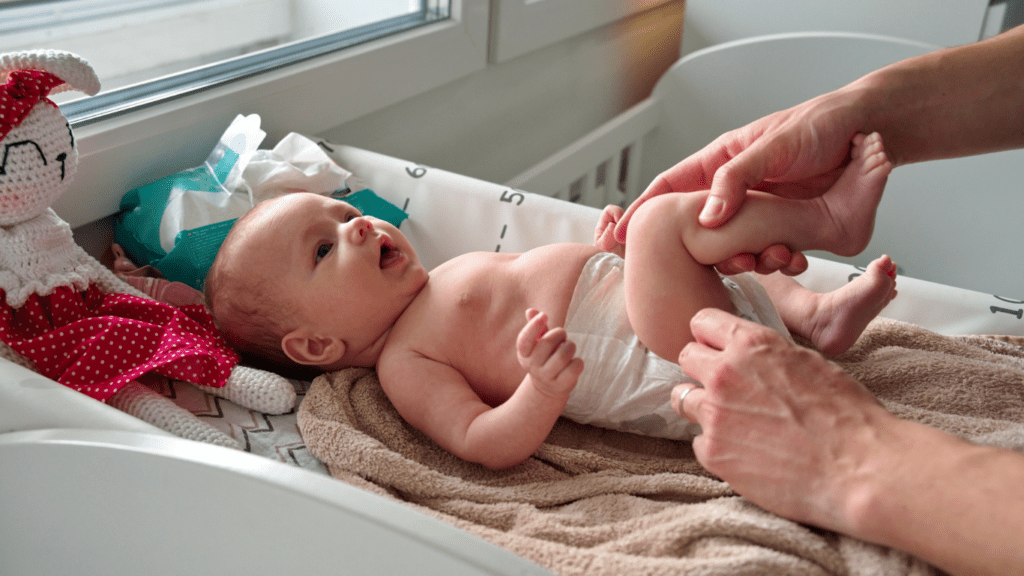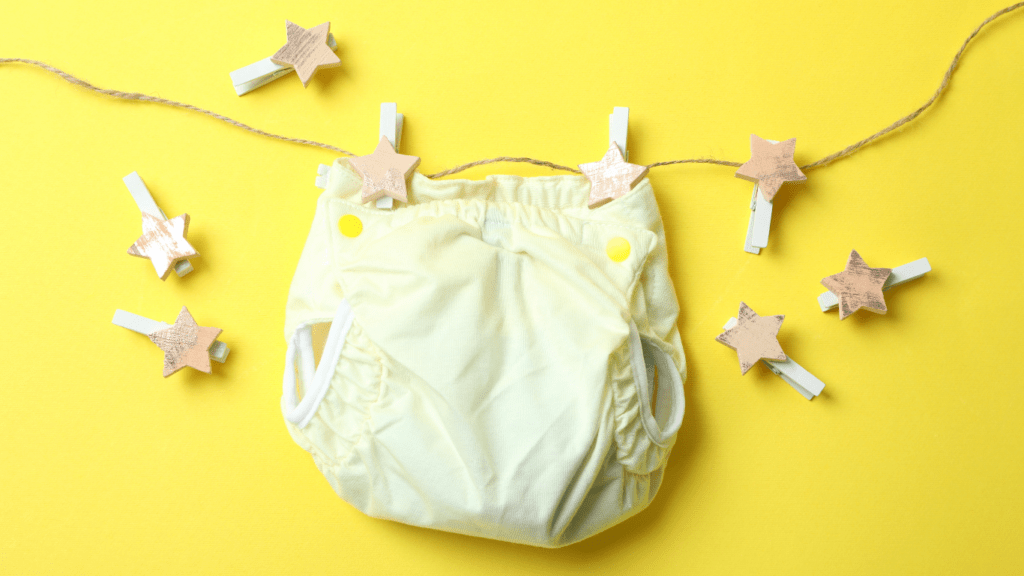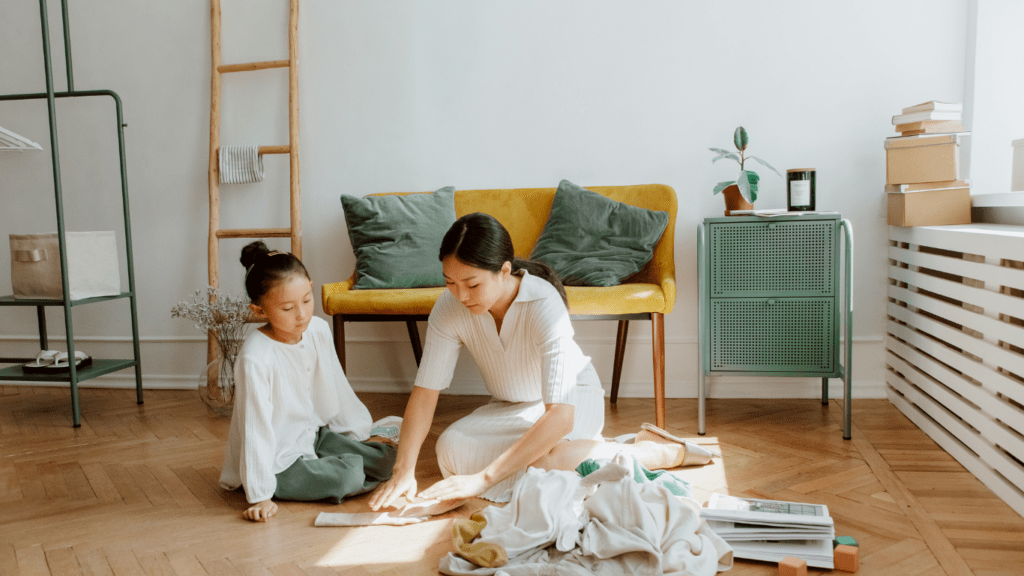Benefits Of DIY Baby Products
Making DIY baby products offers several advantages. First, controlling ingredients ensures my baby uses only the safest and gentlest materials. Common store-bought wipes often contain chemicals like parabens and alcohols, which can irritate delicate skin. By making my own, I avoid these risks.
Cost savings is another significant benefit. Disposable baby products add up quickly. On the other hand, DIY options, such as cloth diapers and reusable wipes, lower long-term expenses. Investing in a few key materials, like cotton fabric and natural cleansing solutions, reduces costs over time.
Environmental impact is another crucial factor. Millions of diapers and wipes end up in landfills each year, contributing to significant waste. Choosing reusable and biodegradable materials in DIY products helps reduce this waste. Simple items like cloth wipes can be washed and reused, minimizing environmental footprint.
Customization adds another layer of appeal. Creating my own baby products lets me tailor them to my baby’s specific needs. For example, adding aloe vera for soothing effects or using fragrance-free solutions for sensitive skin allows personalized care that’s usually not available in commercial products.
Finally, making DIY baby products can be a rewarding and educational experience. I learn more about ingredients, sustainable practices, and caregiving. This knowledge empowers me and makes the routine of baby care more personalized and intentional.
DIY Baby Wipes
Creating DIY baby wipes is simple and beneficial for both your baby and the environment. Here’s everything you need to get started.
Materials Needed
For homemade baby wipes, gather these items:
- Soft Cloths: Use materials like cotton flannel or old baby blankets.
- Container: A plastic or glass container with a lid for storage.
- Liquid Solution: Mix 2 cups of distilled water with 2 tablespoons of baby wash, 2 tablespoons of coconut oil, and a few drops of essential oil (optional).
Step-by-Step Guide
Follow these steps to make your baby wipes:
- Prepare Cloths: Cut the cloths into 8×8-inch squares and stack them neatly.
- Mix Solution: Combine water, baby wash, coconut oil, and essential oil in a bowl. Stir until well mixed.
- Soak Cloths: Place the cloths in the container and pour the solution over them until fully soaked.
- Store Wipes: Close the container with a lid to keep the wipes moist and ready to use.
Cost Comparison
Homemade wipes can save substantial money. Here’s a brief cost comparison:
| Item | DIY Baby Wipes | Store-Bought Wipes |
|---|---|---|
| Initial Cost | ~$10 (reusable) | ~$3-$5 per pack |
| Long-Term Cost | ~$10 (reusable) | ~$180/year |
DIY wipes offer consistent savings over time and are kinder to the environment.
By making your own baby wipes, you control the ingredients and avoid harmful chemicals. This ensures your baby receives gentle and safe care.
DIY Cloth Diapers

Cloth diapers provide an eco-friendly and cost-effective alternative to disposables. Making them at home ensures control over materials and design.
Types of Cloth Diapers
Several types of cloth diapers suit different needs and preferences:
- Prefolds: These are simple rectangular diapers that require folding and can be secured with pins or fasteners.
- Fitted Diapers: Shaped like disposable diapers, these have elastic legs and waist for a snug fit.
- Pocket Diapers: These feature a pocket where absorbent inserts are placed, offering customizable absorbency.
- All-in-Ones (AIOs): These combine absorbent layers sewn into a waterproof cover, making them easy to use.
- Hybrid Diapers: These use a combination of disposable and reusable elements, offering flexibility.
Choosing the right type depends on convenience, budget, and your baby’s needs.
Sewing Instructions
Creating cloth diapers at home requires a few essential materials and steps:
Materials Needed:
- 1-2 yards of absorbent fabric (e.g., cotton, bamboo)
- 1 yard of waterproof fabric (e.g., PUL)
- Elastic bands (1/4 inch wide)
- Velcro or snaps
- Sewing machine and thread
Steps to Sew:
- Cutting: Cut the absorbent and waterproof fabrics into desired diaper shapes.
- Assembly: Layer the absorbent fabric inside the waterproof fabric, ensuring the outer layer faces outward.
- Elastic: Sew elastic bands into the leg and waist areas for a snug fit.
- Fasteners: Attach Velcro or snaps at the waist for securing the diaper.
- Finishing: Sew the edges together securely, ensuring no leaks.
These steps help in crafting durable and functional cloth diapers at home.
Pros and Cons
Making cloth diapers at home has several advantages and some drawbacks:
Pros:
- Cost Savings: DIY cloth diapers reduce long-term diapering costs compared to disposables.
- Custom Fit: Tailor them to fit your baby perfectly, reducing leaks and discomfort.
- Eco-Friendly: Use of reusable materials minimizes waste and environmental impact.
- Material Control: Choose hypoallergenic and non-toxic fabrics to protect sensitive skin.
Cons:
- Time-Consuming: Sewing cloth diapers requires time and effort.
- Initial Costs: Materials and sewing equipment may have an upfront cost.
- Cleaning: Regular washing and drying could be labor-intensive.
Considering these pros and cons helps determine if making cloth diapers aligns with your lifestyle and needs.
Homemade Baby Food
Homemade baby food offers a way to ensure that your little one is getting the best nutrition without any unwanted additives. Making baby food at home can be a rewarding process, providing peace of mind and quality meals.
Nutritional Benefits
Preparing baby food at home lets you control ingredients, ensuring your baby receives essential nutrients. Fresh produce, lean meats, and whole grains can be used to create meals tailored to specific dietary needs. Homemade baby food typically contains less sugar and salt compared to store-bought options, reducing exposure to additives. Using seasonal produce can also increase the variety of vitamins and minerals in your baby’s diet.
Recipes
Here are a few easy-to-make recipes for homemade baby food:
Sweet Potato Puree:
- Ingredients: 1 sweet potato, water.
- Instructions: Peel and chop the sweet potato, steam until soft, blend with water until smooth.
Apple and Pear Sauce:
- Ingredients: 1 apple, 1 pear, water.
- Instructions: Peel and core the apple and pear, chop, cook in a saucepan with a bit of water, and blend until smooth.
Carrot and Pea Puree:
- Ingredients: 2 carrots, 1/2 cup peas, water.
- Instructions: Peel and chop the carrots, steam with peas until soft, blend with water until smooth.
These recipes can be easily adjusted, and additional ingredients can be incorporated to cater to your baby’s preferences and nutritional needs.
Storage Tips
Proper storage ensures homemade baby food stays fresh and safe for consumption.
- Refrigeration: Store purees in airtight containers in the fridge for up to 48 hours.
- Freezing: Use ice cube trays to freeze portions, then transfer to freezer bags. Label with the date and use within 1 month.
- Thawing: Thaw frozen purees in the fridge overnight or use a bowl of warm water for quicker thawing.
By following these storage tips, you can make bulk batches of baby food and save time while ensuring your baby always has nutritious meals available.
Eco-Friendly And Safe Cleaning Products
Creating eco-friendly and safe cleaning products for my baby has been a rewarding experience. These homemade solutions ensure that my baby is exposed to minimal chemicals while maintaining a clean environment.
Ingredients To Avoid
When making DIY cleaning products, it’s crucial to avoid harmful chemicals. Ingredients to avoid include:
- Phthalates: Found in fragranced products like air fresheners.
- Sodium Lauryl Sulfate (SLS): Common in detergents and can irritate the skin.
- Chlorine: Present in bleach, it can be toxic if inhaled.
- Ammonia: Found in glass cleaners, it can cause respiratory issues.
Recipe For DIY Cleaners
I’ve discovered simple recipes that use safe and natural ingredients. Here’s one for a multipurpose cleaner:
Ingredients:
- 1 cup vinegar
- 1 cup water
- 10 drops of essential oil (optional, for fragrance)
Instructions:
- Mix vinegar and water in a spray bottle.
- Add essential oils if desired.
- Shake well before each use.
This cleaner works on surfaces like countertops and high chairs.
Sustainability Impact
DIY cleaning products contribute positively to the environment. Using reusable containers reduces plastic waste. Natural ingredients are biodegradable, unlike many commercial cleaners. This approach minimizes our carbon footprint and ensures a safer home for my baby.




